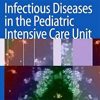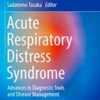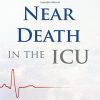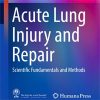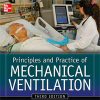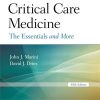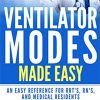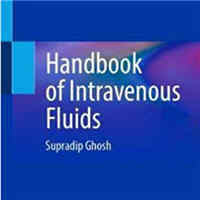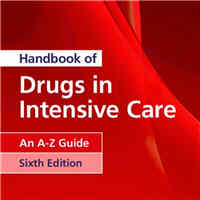Risk Factors for Subsequent LRTI Following an Infant RSV Hospitalization
mdpi.comFifteen percent of infants experience at least one other medically attended lower respiratory tract infection (MA LRTI) after an respiratory syncytial virus (RSV) hospitalization in the same season, and approximately half of them were severe enough to require hospitalization or an ED visit.
Younger maternal age, lower maternal education, smoking during pregnancy, cesarean delivery, male infant sex, White race, having older siblings, urban residence, lower birth weight, lower gestational age, chronic lung disease, eligibility for and/or ever receipt of palivizumab, longer birth hospitalization length of stay, longer index hospitalization length of stay, intensive care unit admission for the index hospitalization, and summer-to-fall births were associated with an increased risk of having a second MA-LRTI in the same season of infancy.
Our findings provide new evidence on the burden of clinically significant subsequent LRTIs following an RSV hospitalization during infancy.
With maternal vaccines and extended half-life monoclonal antibodies increasingly available to pregnant women and all infants, respectively, further research using more recent data on RSV-specific reinfection and readmission rates together with laboratory confirmation of the viral agents is needed to inform policy recommendations.


